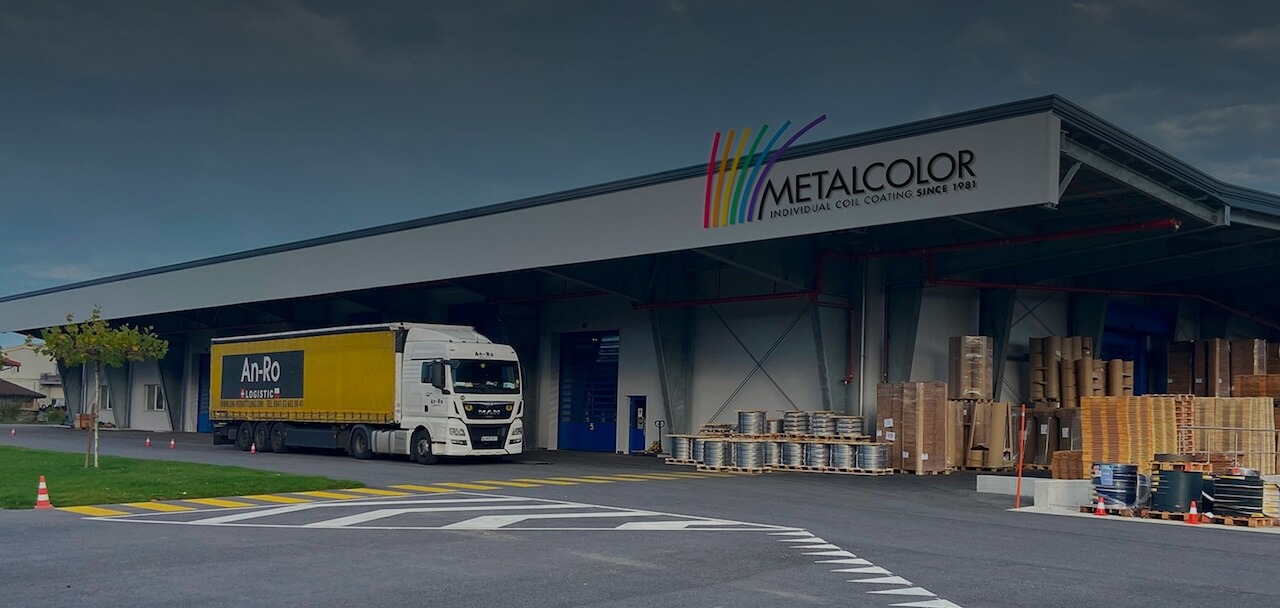Does the requirement for 100% recycled aluminium really make sense?
The unique thing about aluminium recycling is that when it is melted and cast into a new product, it has the same properties and the same quality as new aluminium.

The unique thing about aluminium recycling is that when it is melted and cast into a new product, it has the same properties and the same quality as new aluminium. However, this requires the right expertise, the right technology and high-quality scrap.
As the energy required to recycle aluminium is around 5%* of the energy required for primary production, the environmental benefits of recycling are obvious.
Due to the long lifespan of aluminium applications, such as in buildings and transport vehicles, the amount of aluminium scrap available today is limited to the amount that was put on the market many years ago and comes back in the form of collected used aluminium. 75%* of all aluminium produced since the beginning of industrial production is still in use and about half of the aluminium produced in Europe comes from recycled material*.
As this quantity is far below current demand in view of the continuing market growth, the gap must be covered by the primary aluminium industry. The demand for a high proportion of recycled aluminium in components does not change this.
The aim should be to further increase the already high collection and sorting rate of aluminium products in order to improve the proportion of this resource for future generations. Aluminium beverage cans are a good example of the circular economy. In some regions, recycling rates for these alloys reach 95%*.
European Aluminium is against setting recycling rates at product level, as these have little environmental relevance and depend heavily on availability.
Unfortunately, some aluminium producers engage in greenwashing by increasing the recycled content of certain product groups to achieve higher prices. However, the recycled content has to be replaced by primary aluminium in other product groups, so that the manufacturer’s overall balance in terms of recycled content does not change, but the profit margins do.
Luis Ovelha
Head of Sales & Aluminium Purchasing Manager
- Source: European Aluminium Association www.european-aluminium.eu



